The Huawei P20 & P20 Pro Review: Great Battery Life & Even Better Night Vision
by Andrei Frumusanu on June 15, 2018 11:00 AM ESTCamera - Daylight Evaluation
The P20 and P20 Pro’s main features are marketed to be the cameras. Although both devices are performant, and offer excellent battery life, to be able to justify the premium price range that they’re in requires a no compromise camera.
The main star here is the P20 Pro and its main 40MP shooter. At a 1/1.7” sensor size with 1µm pixels, it’s a huge piece that promises to vastly improve the capture abilities of the Huawei flagship. I noted during my initial hands-on in Paris while the 40MP had its ups and downs, the main feature that I was most impressed with was the 3x and 5x zoom capabilities of the camera which exceeded my expectations, so we’ll have a closer look at zoom-specific scenarios in this article.
First off before going into the analysis I’ll have to explain the many shooting modes that Huawei provides on the P20’s and sibling devices
- 40MP/12MP – The native shooting modes on the main sensors, applies to the P20’s.
- 20MP – For the P10 and Mate 10 this is the hybrid capture mode using interpolation between the 20MP monochrome sensor and the 12MP RGB sensor. Unfortunately not that great and it’s better to stick to 12MP in daily usage, although there are no negatives.
- 2x Zoom – In the case of the P20 this is sensor interpolation, on all other devices this is 2x optical zoom on the secondary module.
- 3x Zoom – Applies to the P20 Pro – uses the secondary optical zoom camera
- 5x Zoom – Applies to the P20 Pro – uses the secondary optical zoom camera and interpolates with the 40MP main sensor.
- “AI” – On the P20’s this is automatic scene recognition and it applies predefined settings based on that – sometimes this is beneficial, sometimes it’s detrimental, in many cases it’s not noticeable.
- “Night” – Low light mode on Huawei devices which employs software based image stacking over long exposure times.
[ P20 Pro ]
[ P20 ] - [ P10 ] - [ Mate 10 Pro ]
[ Galaxy S9+ ] - [ iPhone X ]
[ Mi MIX 2S ] - [ Pixel 2 XL ]
Starting off with the first scene, unfortunately I was forced to take pictures under cloud cover as it’s been a not so great couple of weeks here weather wise.
The P20 Pro offers the best and most natural result in its 40MP mode here as it was able to capture a balanced exposure. Once you shift over to the automatic 10MP mode the phone starts applying sharpening processing and in terms of detail it can be a hit-and-miss depending on the scene, and I found that to be rather a weakness of the P20 Pro as we’re seeing much better results from competing devices.
The AI feature here in this scene switched around between a HDR and SDR mode – both look unnatural compared to the simple 40MP shot that the camera is able to capture. In particular it seems the AI feature has a knack for applying a vignette filter, something that can be seen in most shots throughout this page.
Switching over to comparisons in the zoomed in photos, the P20 Pro just stands alone with no competition as it just has a raw advantage in terms of optical zooming capabilities over other 2x zoom modules. What I find interesting though is that the 3x zoom capture of the P20 Pro is by far the most accurate in terms of colour representation.
Even though there was cloud cover, I still found it shocking that phones such as the Galaxy S9 again fell on their faces in this scenarios as it happened to overexpose some shots and having to bring back down the brightness via HDR processing, resulting in quite a mess of a picture.
[ P20 Pro ]
[ P20 ] - [ P10 ] - [ Mate 10 Pro ]
[ Galaxy S9+ ] - [ iPhone X ]
[ Mi MIX 2S ] - [ Pixel 2 XL ]
Another zoom-centric scenario is the close-up of a clock-tower. While in full frame, both the P20’s had large issues with the exposures and it was one scenario where the AI feature did help a lot as it entered one of the many processing modes of the camera. Competing devices here fared a lot better as they didn’t have issues in their default modes.
In terms of zoom capability, again it’s apples-to-oranges as the P20 Pro’s optics are just superior.
[ P20 Pro ] - [ P20 ]
[ P10 ] - [ Mate 10 Pro ]
[ Galaxy S9+ ] - [ iPhone X ]
[ Mi MIX 2S ] - [ Pixel 2 XL ]
This next scene we again see different results depending on the capturing modes. Oddly enough, it’s best to remain in the 10MP mode and to ignore the AI suggestions as they are detrimental. In the full frame shots the P20 Pro actually loses out to all other phones and even the P20 as it really has trouble with balancing exposure correctly. The 40MP mode here is also of no use as the phone can’t expose correctly and the lack of OIS also results in a blurry image.
Zoom-wise, the 3x and 5x picture again seem to actually do far better exposure wise as they result in a very accurate representation. This shot also showcases the benefits of the 2x interpolation zoom on the regular P20 as it does manage to get slightly more detail in as the default 12MP mode.
[ P20 Pro ] - [ P20 ] - [ P10 ] - [ Mate 10 Pro ]
[ Galaxy S9+ ] - [ iPhone X ] - [ Mi MIX 2S ] - [ Pixel 2 XL ]
The P20 Pro did well in both 40MP and 10MP mode – although it’s visible that the 40MP mode isn’t that far off in terms of detail sharpness and retention as the Galaxy S9+ for example. This is likely due to the 1µm pixels on the P20Pro’s sensor which are more prone to noise. At this point I’d like to bring up the various shooting modes of the P20 Pro and just how usable the 40MP mode is; to get the full 40MP you need to enter the settings menus and specifically select it. In this mode however, you no longer have the option to switch over to the zoom camera, which seems counter-intuitive. It also seems that some post-processing options are not available in the 40MP mode, so in some cases it’s likely that the shots in the 10MP mode will be superior.
[ P20 Pro ]
[ P20 ] - [ P10 ] - [ Mate 10 Pro ]
[ Galaxy S9+ ] - [ iPhone X ]
[ Mi MIX 2S ] - [ Pixel 2 XL ]
This scene again in its full frame view has the same problems for the P20 Pro: While in 40MP mode, while there’s a lot of pixels captured, they are far less quality and retain less detail than the competing phones. The 10MP picture, while overall good, again just has a detail disadvantage virtue of the reduced resolution.
The 3x zoom in capture again results in the best overall detail retention for the P20 Pro, and it’s starting to look like a pattern by now. This scene is again an example of overall detrimental effects of the AI function, in particular in the 3x zoom mode as I’m not too sure why it thought it needed to darken the shot that much.
The P20 does quite well and it’s an immense upgrade over the results of the P10 and Mate 10 in this scenario.
[ P20 Pro ] - [ P20 ] - [ P10 ] - [ Mate 10 Pro ]
[ Galaxy S9+ ] - [ iPhone X ] - [ Mi MIX 2S ] - [ Pixel 2 XL ]
This next scene is probably one of the most favourable ones to the 40MP mode as it just captures vastly more detail compared to other modes and other phones.
[ P20 Pro ] - [ P20 ] - [ P10 ] - [ Mate 10 Pro ]
[ Galaxy S9+ ] - [ iPhone X ] - [ Mi MIX 2S ] - [ Pixel 2 XL ]
The last shot is again a controversial scene for the 40MP sensor – in the full 40MP mode the phone doesn’t seem to have that big of an advantage over the 10MP mode – the shop sign is clearly more detailed in the higher resolution shot, but then it has issues such as on the metal mesh of the garden chairs which are better defined in the 10MP mode. Comparing this in turn with the competing devices and I would have to give it to the S9+ in this scene, although the P20’s are competitive with all other phones. The larger issue here is again that it seems to underexpose too much and detail retention should come secondary after best exposure.
Thoughts on daylight capture experience
Overall I have a hard time judging the P20 Pro and to a lesser extent the P20. Huawei camera experience still seems extremely convoluted as it can’t seem to decide what camera mode is best for a given scene. In the past in Huawei devices this was limited to the choice of either shooting in normal auto-mode or in HDR mode, which you had to switch between in the shooting mode menus of the camera. The P20 Pro complicates this choice by adding into the fact that you don’t know for sure if your pictures are going to come out better in the 40MP mode or in the 10MP mode – again a switch that’s within the settings menu of the camera. To add even more complexity to the situation, we now also have an AI feature that sometimes does benefit but in my experience more often than not can actually be detrimental to picture quality.
Huawei needs to streamline this experience and do some better camera calibration in terms of what shooting mode is used in which scenario. I think Apple, LG and Samsung are currently among the ones that are leading in terms of shooting experience, because I know for a fact that the camera in the vast majority of the time will select the best mode and end up with the best result with consistency.
The 40MP mode on the P20 Pro can be a winner in well-lit scenarios – but again, you have to know that you want to be in the 40MP mode and for example don’t need a fast switch to the telephoto lens (Because it won’t be available). Once you shoot in 10MP mode, then generally the P20 Pro and also the P20 lose out in terms of picture quality as they aren’t as consistent in terms of exposure and don’t retain as much detail as the competition.
The telephoto lens of the P20 Pro is definitely the most impressive feature in terms of picture quality. As opposed to the main camera, every shot on the 3x zoom camera came out generally perfectly in terms of exposure and it maintained a large amount of detail. I think this is due to the OIS on the telephoto lens which isn’t available for the other sensors. While it’s understandable that Huawei wasn’t able to put OIS on the extremely large sensor of the P20 Pro – I don’t see why they avoided it yet again in the smaller P20 as it has a detrimental effect on picture quality, and as we’ll see later on, also video recording quality.


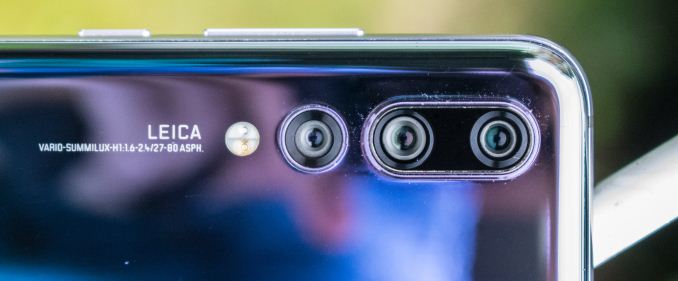
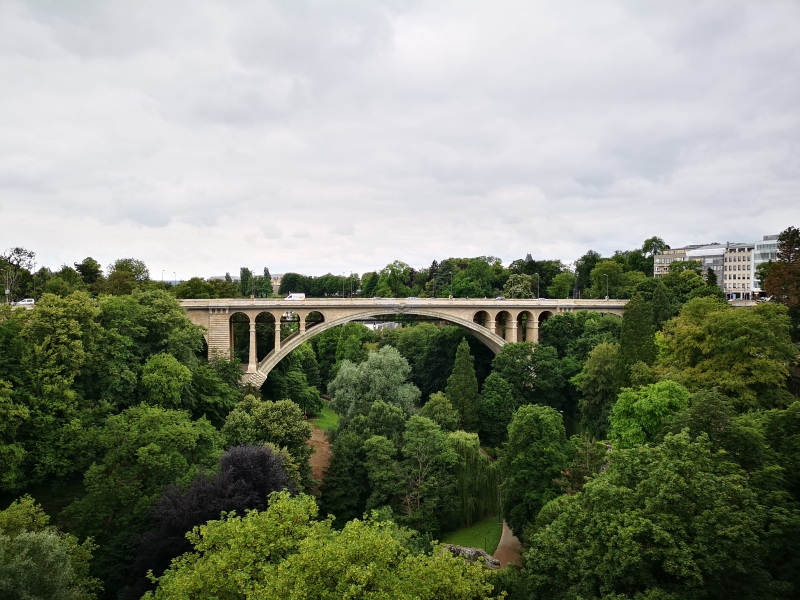






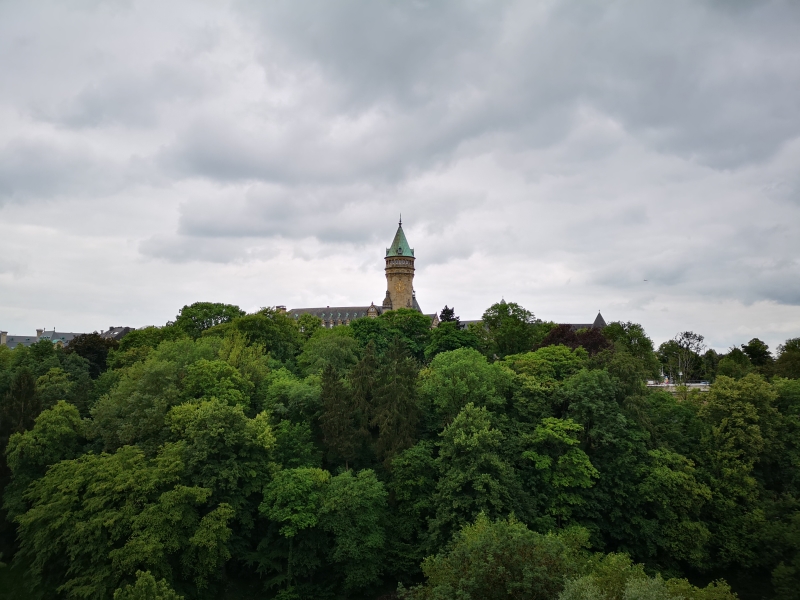






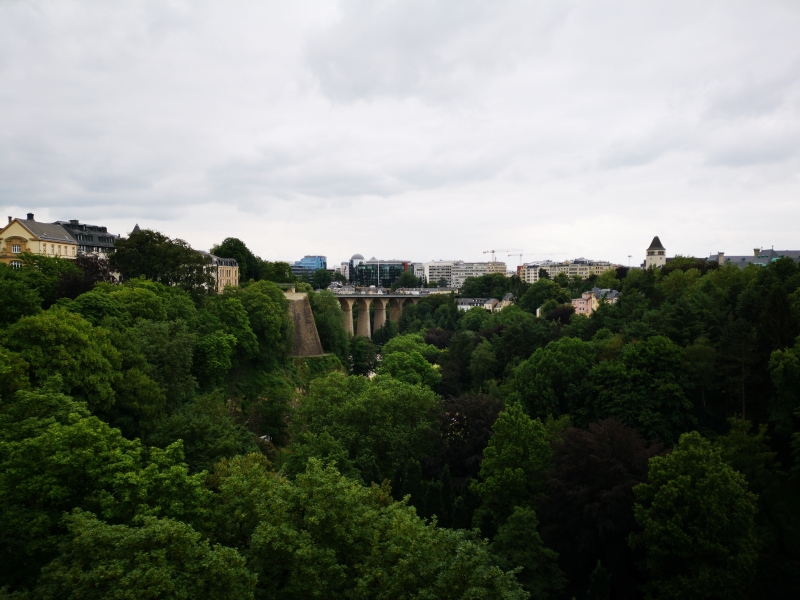






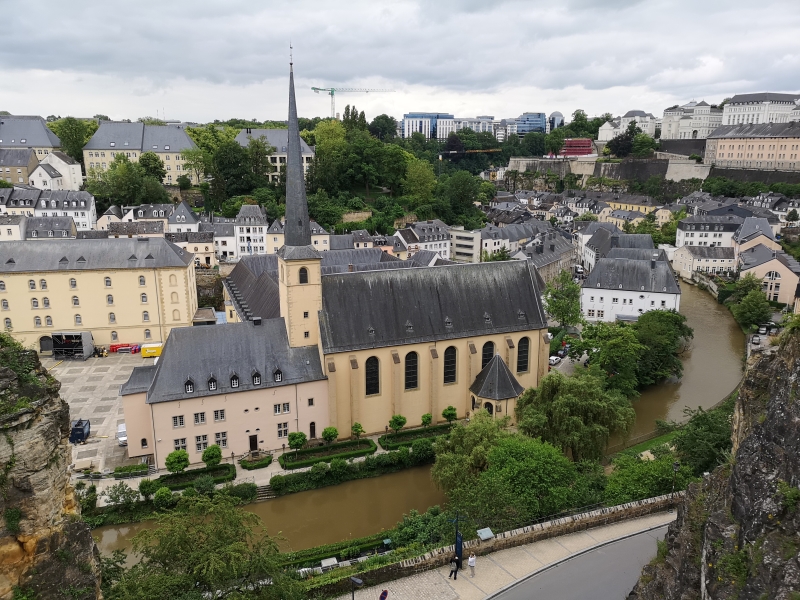






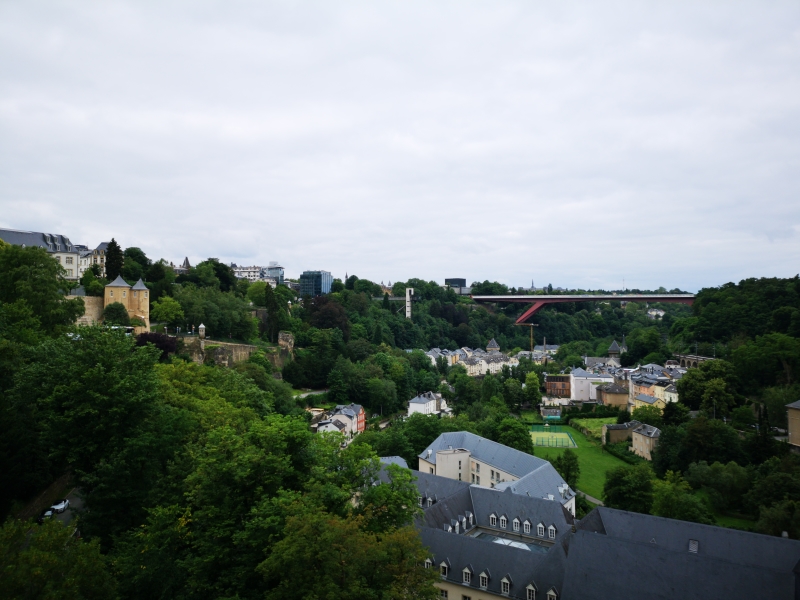






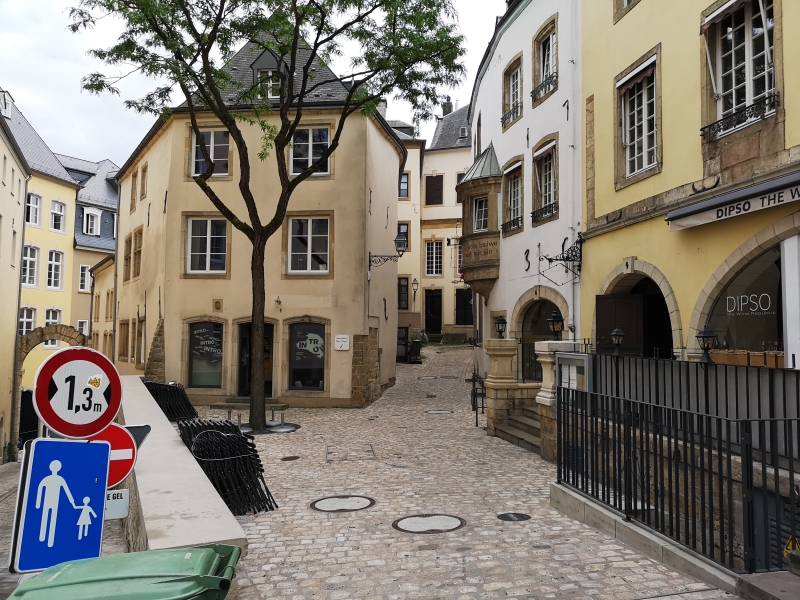





















81 Comments
View All Comments
Belldandy - Saturday, June 16, 2018 - link
Just an interesting note: I have the Canadian version of the P20 Pro, single sim card.running version: CLT-L04 8.1.0.109(c792)
I got scores of Sling Shot Extreme Unlimited graphics: 3114 Physics: 2821
But T-Rex was 123fps
Manhattan 3.1 Off-screen was 39 fps
So maybe it has been fixed on my phone like the Mate 10 pro
arayoflight - Friday, June 15, 2018 - link
Are you planning to review the OnePlus 6 as well?greenbat - Friday, June 15, 2018 - link
Great article. I was wondering about the AI benchmark. It would be intersting to see whether the android 8.1 on the p20 give better results compared to the android 8.0 Mate 10. Any change to test that?And the next firmware upgrade of the mate 10 gives night shot without tripod, just like p20
amouses - Friday, June 15, 2018 - link
The Huawei P20 Pro is an awesome phone, especially for people whose usage includes predominantly photography. But as a Huawei fanboy or maybe ex fanboy beware. Huawei have a habit of providing poor Software upgrades (security) and OS upgrades for phones. And so my official requests to them about Android P support for a phone ironically named P20 have gone unanswered to date. So Huawei, do you commit to upgrading your flagship phone, say by Dec 31st 2018? or will users as per your previous flagship products be saddled with excellent hardware and totally out of date Android Software. Your call.Trixanity - Friday, June 15, 2018 - link
Second paragraph in the conclusion "Huawei tried to take some design queues from Apple’s iPhone X" should be design cues I'd wager :)Are there any plans to revisit the GPU benchmarks later? Huawei's alleged black magic (which they call GPU Turbo that supposedly has significant improvements to performance and power efficiency) seemingly coming out of thin air will be released to a wide range of models including the P20 in July. Would really like to see not only benchmarks but a dissection of what it is and how it works if possible.
South_DL - Friday, June 15, 2018 - link
These continental Chinese phones are nothing but a mix of plagiarism from both Apple and Samsung, how in earth such a thing can be legal in the US?Retycint - Friday, June 15, 2018 - link
Because you can't trademark things like a notch or a glass back, that's why. And these phones are much more than just "iPhone/Samsung clones", unless you're telling me you didn't even read the review and skipped straight to the comments section to complain?prisonerX - Friday, June 15, 2018 - link
You can't copyright, patent or restrict an idea, only a specific instance, expression or design.Your notion of "plagiarism" is how people have been designing things forever, and it benefits consumers. Why someone would be worried about where ideas come from rather than whether they're good or bad, I'll never know.
levizx - Saturday, June 16, 2018 - link
You are plagiarizing, because 1+1=2, and you can't use it EVER.sonny73n - Sunday, June 17, 2018 - link
@south_dlYou’re such a shallow minded. Go on gsmarena and check the last 4 iPhone generations (6,6s,7 and 8) and Meizu see who stole design from whom. And the bezel-less design of iPhone X is also a steal from another Chinese phone.
By the way, your beloved Apple trademarked “slide to unlock” and “tap center of status bar to scroll up back to top”. LOL